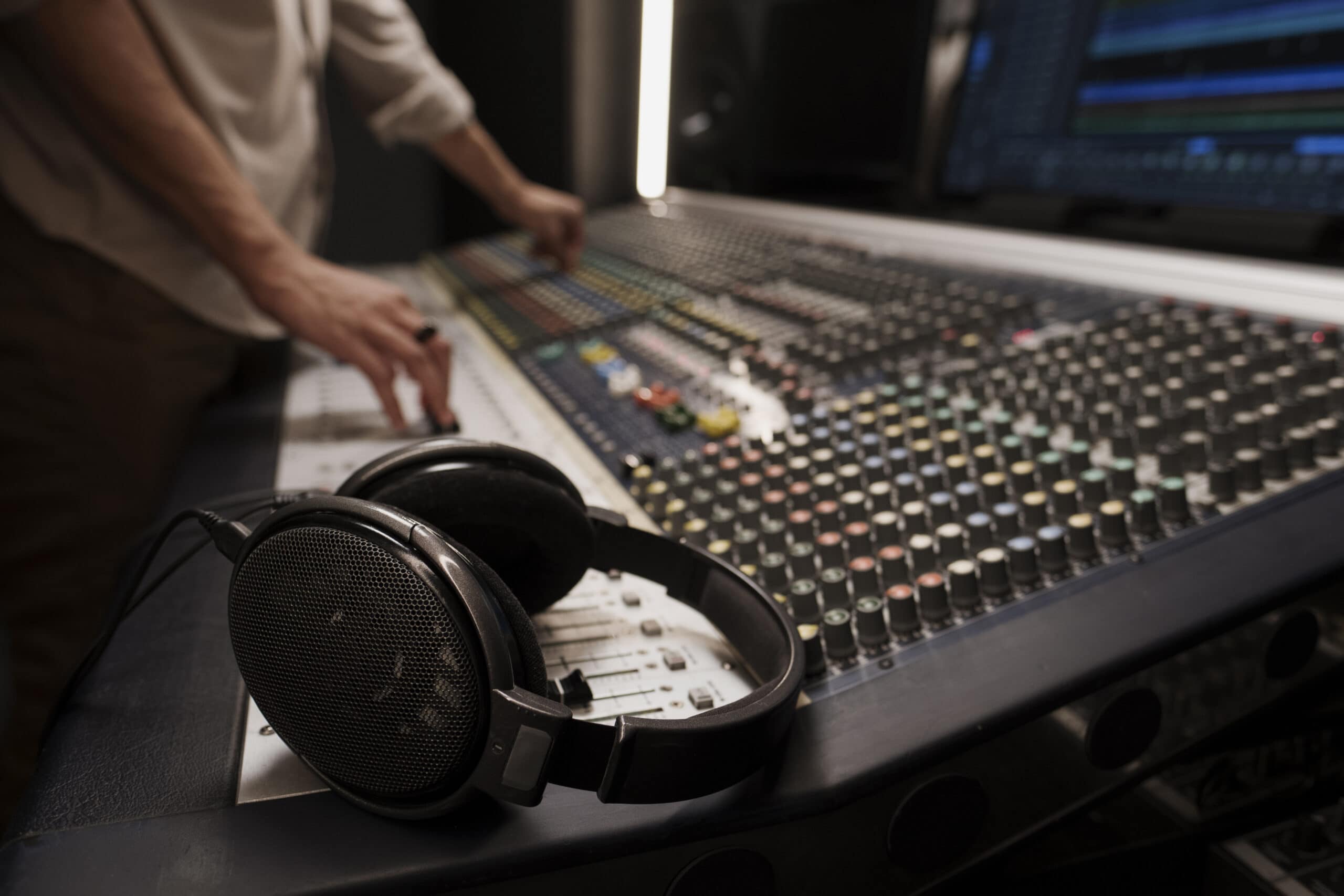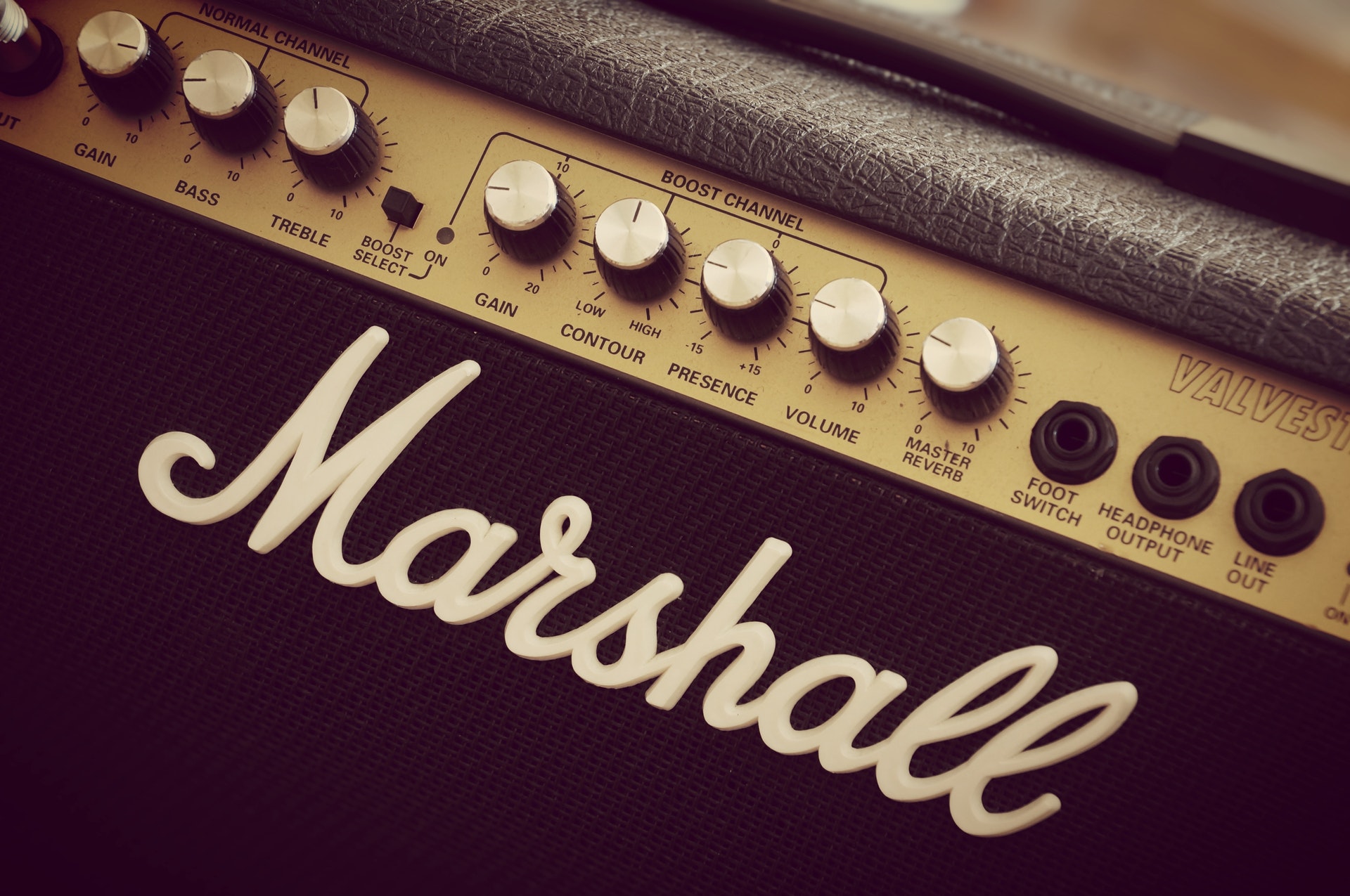How Do The Billboard Charts Work?
Understanding how the Billboard Charts work is something that music aficionados have been looking to crack for decades. Especially because any song featured on these lists guarantees a wealth of mainstream exposure.
The key formula for how the Billboard Charts work is by combining physical and digital sales of a record and tying it in with streaming and radio airplay figures.
Alongside trying to reach the top of the Billboard Hot 100, many artists also aim to top the charts covering a variety of different genres across the music diaspora.
The Billboard charts cover a wide range of different subclasses catering for both singles and albums as well as a multitude of different genres. With such a wide scope covered, just how do the Billboard Charts work?
What Are The Billboard Charts?
In the United States, the Billboard Charts are considered the top music charts for music sales and airplay. The chart comprises dozens of different listings across genres listing the best songs and albums every week.
The chart is compiled by the music magazine Billboard and has been an active charting system for songs stretching back since 1913.
Not only do the charts take into account physical sales but digital figures as well. This covers everything from song downloads to streaming figures across numerous platforms.
By doing this, it creates an overall combined figure to showcase what the most popular singles and albums are each week, and establishes the best artists in the industry and their sub-genres
How Do The Billboard Charts Work?
When compiling the charts, Billboard combines a breadth of different sales figures into the mix to reach their overall figure. These include combining several different factors including:
- Physical sales
- Digital Sales
- Radio Airplay
- Streaming and Download Figures
How Sales Figures Are Calculated For Billboard Charts
In the classic medium of physical sales, records need to sell a minimum of 500 copies to be considered for the flagship Hot 100 as well as any genre-specific charts.
When measuring their digital equivalents, the figures are taken in slightly different formats. Billboard compiles figures from a wealth of different digital music platforms. This includes the likes of YouTube, Spotify, Apple Music and Pandora.
As digital media has a much wider reach than physical sales, it also means the numbers are treated differently. According to the RIAA, to equal one physical sale, a digital copy must be sold 10 times (1:10) and a song must be streamed 1,500 times (1:1500).
To keep sales figures accurate across the board, all these figures are compiled in the same timeframe. This means that new releases are first put out on a Friday and go through to the end of the following Thursday.
How Radio Airplay Is Calculated For Billboard Charts
Measuring radio airplay is done in a slightly different manner from what physical sales are. Most of the airplay stats are not provided by radio stations directly but by Nielsen SoundScan and Nielsen Broadcast Data Systems.
Using encoding platforms within a song, the Nielsen BDS platform can scan where songs are played across 2000 different media stations across North America, and work out how many times a song is played in a week.
To be encoded, it means a song has had its masters recorded and lodged with a rights organization (e.g.) ASCAP and submitted to the platform.
These figures are then compiled across the region and combined with sales figures to produce the end chart figure. Unlike sales figures though, airplay figures are calculated from a Monday-Sunday cycle meaning that final combined charts such as the Hot 100 and the Album 200 are not released until the end of each week.
What Are The Different Billboard Charts?
After getting an understanding of how the Billboard Charts work, it’s not surprising to learn that there isn’t one distinct chart for singles and albums.
Although the flagship charts – the Hot 100 for singles and Billboard 200 for albums – combine all songs, there are dozens of different charts that songs might appear on.
For starters, each sub-genre within music has its chart for albums and singles. These span a collection of genres including:
- Pop
- Country
- Dance & Electronic
- Jazz
- Latin
- R&B/Hip Hop
- Rock/Alternative
- World Music
Within each of these genres, you will find that the charts are split into a host of different categories. These often depict the individual sales stream type such as
- Sales
- Airplay
- Streaming
Breaking songs down even further means that even if a song drops off the Hot 100, it still has a charting presence and gives artists the chance to generate more success from a song.
Billboard’s International Charts
As time has gone on, Billboard has not only maintained a presence within the US, but has also created international charts to cater to a global audience. With this growth, Billboard covers sales figures in areas such as:
- Canada
- Mexico
- Brazil
- Argentina
- China
- Japan
- Peru
- Vietnam
In some regions such as Canada, Mexico and Vietnam, Billboard is considered their main platform for chart figures.
This gives the ability for Billboard to measure global music trends and compile several charts based on these figures. These lists include the Hits of the World and the Global 200. The Global 200 itself includes figures from within the US but the pure Global chart excludes domestic figures.
What this means is that the charts have a global presence within the music industry and provide a true barometer for a worldwide hit.
What Makes A Hit Billboard Song
Understanding how the Billboard charts work doesn’t automatically guarantee a No. 1 single. Even if you know the methodology by memory, no song is going to chart without enough traction.
Heavy promotion is the biggest way to push a single into the charts itself. New singles are always going to be at the forefront of any chart and it means that the biggest stars on the planet will always dominate when given the chart – no matter the era.
Thanks to their popularity throughout the 1960s, The Beatles dominated the charts to the point that they hold the record for most Hot 100 number ones with 20 from 1962-1970.
During Beatlemania, the British band always managed to top the charts, with the 1968 hit “Hey Jude” going 4xPlatinum when it was released.
Even non-top charting singles still would go platinum due to heavy rotation such as “Twist & Shout” which reached No. 2 in 1964.
Hype can also lead to strong sales figures as Mariah Carey has proven multiple times. Carey’s 1995 duet with Boys II Men “One Sweet Day” hit number 1 for 19 weeks after Columbia Records distributed the song to record stores for free.
Furthermore, Carey’s 2005 hit “We Belong Together” went platinum through physical sales alone scoring 1,000,000 sales upon release before eventually going 6xPlatinum to this day.
It would also become the best-selling song of the 2000s on the Hot 100. Much of this was down to Carey being considered finished after she was dropped by Columbia after poor album sales in the early 2000s.
Her return to the fold with Island Records brought many eyes to the singer and saw her return to superstardom.
How Streaming Changed The Billboard Charts
When streaming was allowed into the charts in 2013, it opened up the possibility for any and every song to chart and blitz any record set by those that had previously relied upon physical sales.
This proof comes in the shape of the record No. 1 single “Old Town Road” by Lil Nas X. The song holds the record for most weeks at number one – spending 19 weeks on top when released in 2019.
As the original song blew up on social media and streaming platforms, it engulfed any competition that it faced.
Furthermore, a remixed version with Billy Ray Cyrus drew in more audiences, allowing it to feature in country, R&B and pop charts all at the same time.
Due to the success of both versions, Billboard merged the figures for the song which amassed 143 million streams during.
These figures made “Old Town Rong” become the fastest-ever song to be diamond-certified. It reached diamond certification in just under a year of its release.
Can Songs Re-Enter The Billboard Charts?
Knowing how the Billboard charts methodology works, songs can re-enter charts years or decades after their initial release.
The contribution to digital sales and streaming makes this possible for any song to become a hit once again provided it gets enough rotation and promotion.
Take any popular Christmas song as living proof of this. Previously, only new Christmas hits would dominate the charts during the festive period as the holiday season approached. However, old-time classics are now regular chart-toppers every December due to their heavy rotation.
Let’s take Mariah Carey’s “All I Want For Christmas Is You” as proof of this success. Upon release in 1994, the song peaked at number 6 on the Billboard Charts before dropping off just 3 weeks after Christmas had passed.
This would change in the 2010s however. In December 2019, the song would hit No. 1 on the Hot 100 thanks to having over 45 million streams in the final week leading to Christmas.
It would repeat similar feats in early 2020 to become the first song to chart at the top in three different decades. Since then, it has earned diamond certification selling over 12 million in sales. This includes 2 million copies in physical sales alone.
It goes to show that with enough push on both digital and commercial platforms, any track can reach the charts if you know how the Billboard Chart works.
When Are Charts Discontinued?
Many Billboard charts have been active for decades. Some, such as the Hot 100, have been around in various forms since the 1940s.
However, the change in consumer trends does mean that some charts are discontinued by Billboard as time progresses.
This often comes down to a change in sales platforms or the reach in certain areas. For example, Billboard’s presence has waned considerably during the 21st century. During that time, the European Hot 100 ranked sales crossing many top European markets. However, Billboard’s withdrawal and closure of its London office in 2010 ended the existence of this chart.
In other instances, the chart format has been discontinued due to a change in trends and a lack of commercial competition. For example, the Dance Singles Chart ran from 1985-2013 focusing solely on sales of 12” maxi vinyls for use in clubs.
As many club DJs switched to using digital tracks, the lack of traction rendered the charts obsolete and it was discontinued. It was the same for charts based on jukeboxes, ringtones and music videos that were all trend-based charts.
Changing Chart Identity
You will also find that some charts might be merged or rebranded over time by Billboard to reflect the shift in music popularity.
This comes particularly in how mainstream music charts are formed. Take how the Mainstream Top 40 has changed in title and role over the years.
Initially, this platform was dedicated to the top tracks played exclusively on mainstream radio stations and was known as the Hot 40 Tracks when launched in 1998.
It would then be reformed as the Pop 100 in 2005 and catered for more expanded figures. This looked at mainstream act success and incorporated sales figures mixed with airplay.
However, as this became too similar to the Hot 100 itself, the chart was remodeled in 2009. This time around, it was rebranded as the Mainstream Top 40.
It now features songs played on top 40 radio stations and compiled using the Broadcast Data Systems platform. This reinvention once again gives a better insight into what songs are popular within the media and gives more accurate data than what is influenced by digital platforms.
FAQ
How often do the Billboard Charts change?
The charts themselves are refreshed weekly. How the Billboard Charts work is driven by weekly data from several platforms . This means new songs appear each week in different spots. Meanwhile, older releases will fall down the chart as time passes.
Can old songs re-enter the charts?
Yes – any previously released song can re-appear in the charts. Knowing how the Billboard Charts works gives any song a chance to rechart if it is played enough. The rise of streaming and digital traffic gives any trending song to re-enter if it gains enough traction.
Can unsigned acts appear on the charts?
Yes, musicians don’t need to be with a major label to place on the charts. The chart formula was amended in 1998 to allow all songs to chart regardless of their genre or type. As long as the song sells enough copies or streams, it will appear within the rankings.
Final Thoughts
As you can see, it’s not difficult to figure out how the Billboard Charts work. Provided a record is given a push on a platform, you are likely to see it chart with Billboard. No matter if it enjoys huge physical sales or millions of streams, it will end up charting well. And that goes for both within its genre and the Hot 100/Billboard 200 as well.
The charts have changed a lot over the years. The incorporation of streaming and downloads has massively changed what songs make it big on the charts. Even older songs can now re-chart if they can regain momentum with music fans. All this proves that success is guaranteed within the charts as you know how the Billboard Chart works and is compiled.







